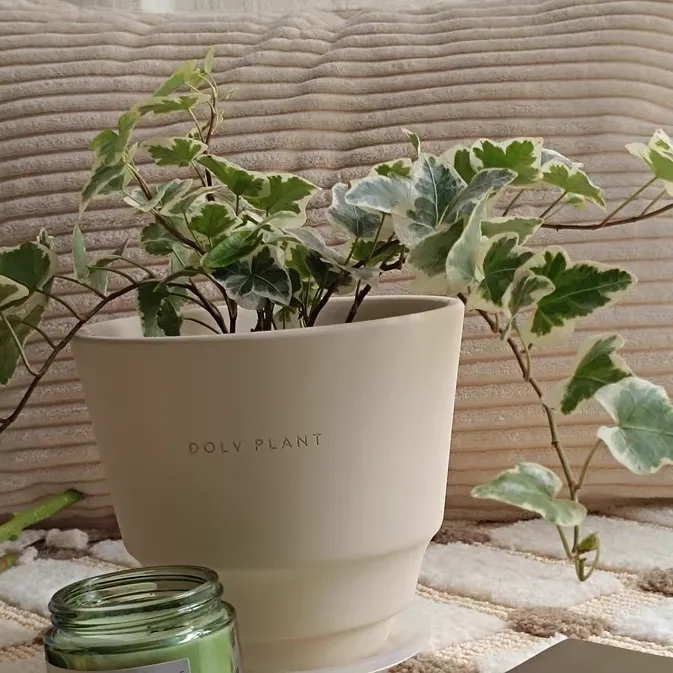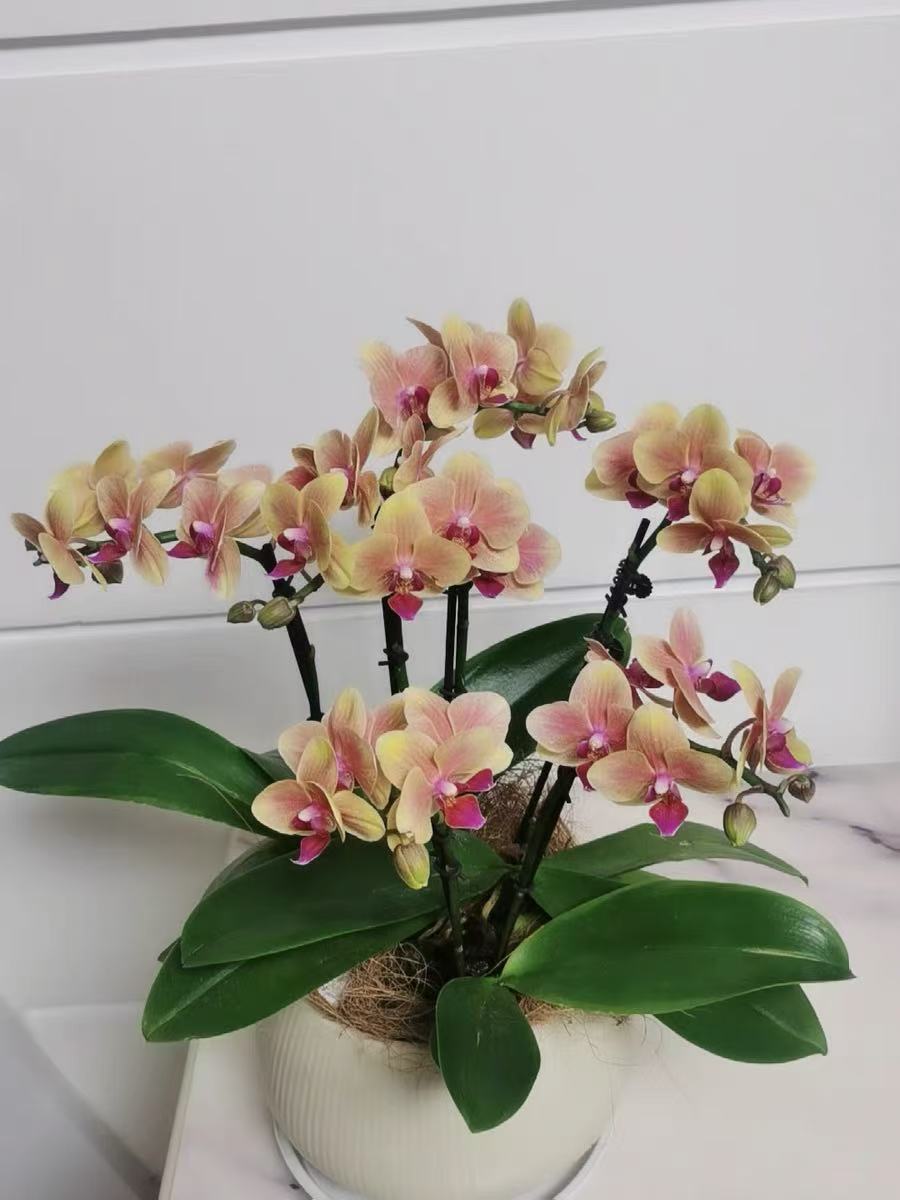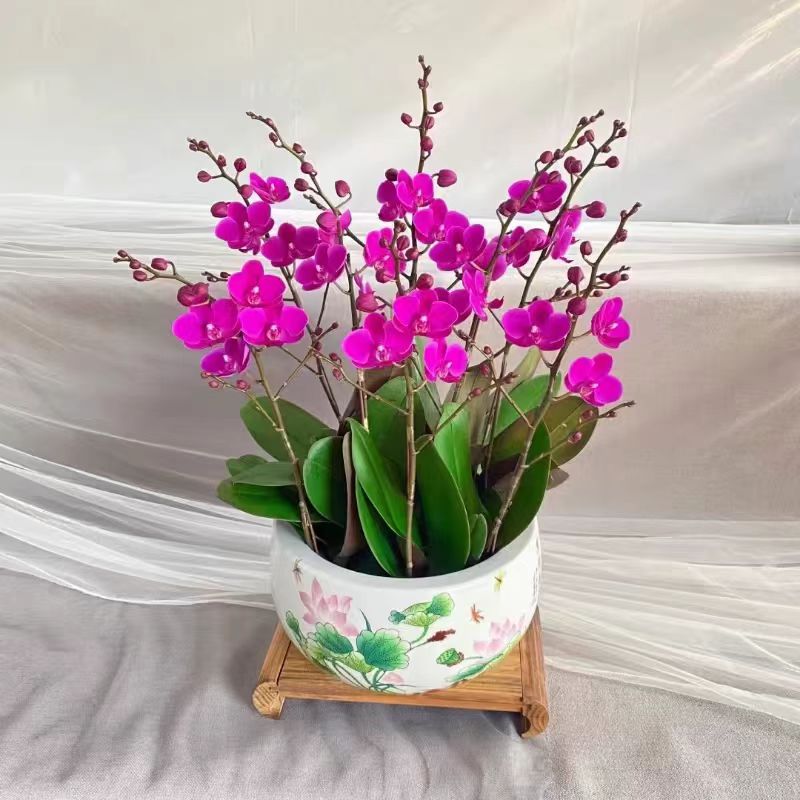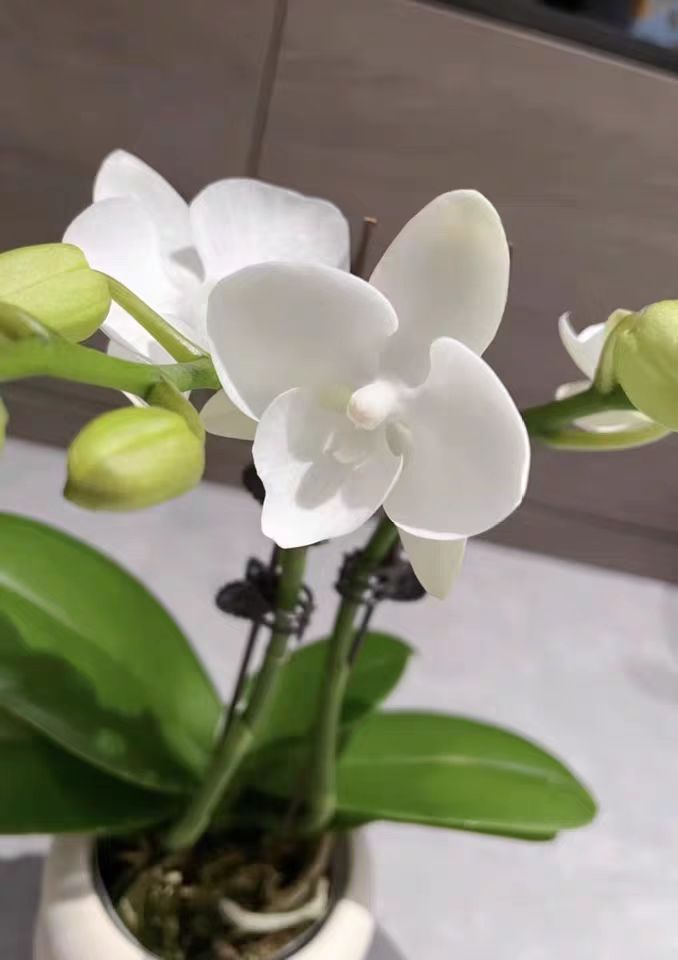Today, let's talk about how to transfer plants from soil cultivation to hydroponics. If handled properly, it can not only solve the maintenance problems but also bring new vitality to the plants!
Pre - preparation
1. Container selection: Choose a transparent glass container, which is convenient for observing the growth of the roots. The size of the container should be appropriate to ensure that the roots have enough space to stretch.
2. Tool preparation: Prepare a sharp pair of scissors for pruning the roots. At the same time, get ready clean water and suitable nutrient solution.
Selecting the plant and treating the roots
1. Selecting the plant: Choose a healthy plant without pests and diseases for the hydroponic conversion.
2. Digging out the plant: Carefully dig the plant out of the soil, trying to keep the roots intact and avoid damage.
3. Rinsing the roots: Gently rinse the soil off the roots with running water. Be gentle to avoid harming the roots.
4. Pruning the roots: Use scissors to trim the overly long, over - dense, and damaged roots. Keep the main roots and some lateral roots so that the plant can absorb nutrients better.
Hydroponic operation
1. Placing the plant: Put the treated plant into the container, ensuring that the roots are completely immersed in water. Note that the water level should not be too high. Generally, it is enough to cover two - thirds of the roots.
2. Adding nutrient solution: Add an appropriate amount of nutrient solution to the water according to the type of plant and its growth stage to provide the necessary nutrients for the plant.
3. Placement location: Place the container in a bright and well - ventilated place, avoiding direct sunlight. Direct sunlight may cause the water temperature to rise, affecting root growth.
4. Regular water change: Change the clean water every few days to keep the water quality clean. When changing the water, you can gently rinse the roots to remove impurities attached to them.
Daily care and precautions
1. Regular inspection: Regularly check the growth of the plant and observe whether there are problems such as root rot, pests, and diseases. If any abnormalities are found, deal with them in a timely manner.
2. Temperature control: The temperature for hydroponics is generally maintained between 15 - 25°C to avoid excessive or too low temperatures affecting the plant's growth.
3. Light management: Ensure sufficient light, but avoid intense sunlight. You can use a shade net or adjust the placement position to control the light intensity.
4. Nutrient supplementation: Adjust the concentration and type of the nutrient solution in a timely manner according to the growth of the plant to meet the needs of different growth stages of the plant.
5. Problem - solving: During the hydroponic process, the plant may have problems such as yellowing leaves and slow growth. At this time, check whether the nutrient solution is sufficient and the water quality is good, and take corresponding treatment measures.
By following the above methods, you can easily transfer soil - grown plants to hydroponics and enjoy the fun of hydroponics. Remember, each plant has its unique growth habits and requirements, so be careful to observe and patiently adjust during the conversion process!
Share with
Tagged in :





Leave a Reply